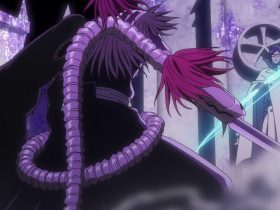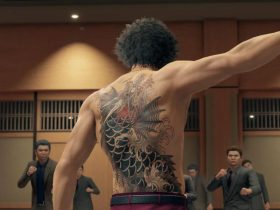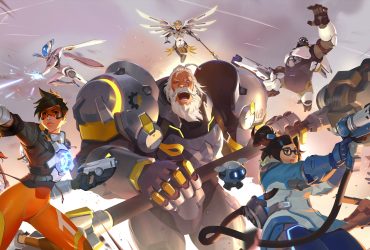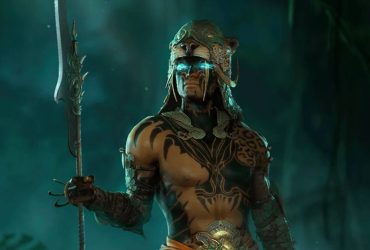There’s a lot to love about Dragon Age: The Veilguard, but one of its most impressive and remarked-upon technical aspects is undoubtedly its advanced rendering of characters’ hair.
Hairstyles move and sway naturally as you and your party walk, while long hair streams out behind as you run. Your whole hairdo reacts if you are impacted by a sudden force or object.
There are up to 50,000 strands of hair on each of Dragon Age: The Veilguard’s main characters, powered by something BioWare and EA’s Frostbite engine team call Strand Hair technology. It’s something originally worked upon for EA Sports FC, but which has been expanded upon greatly here.
“While Strand Hair is present in other EA games, the BioWare team had to push the limits even further for Dragon Age: The Veilguard,” EA writes in a new deep-dive blog post on Stand Hair. “For example, implementing Strand Hair technology for characters who have waist-length hair with horns on their head presented some unique challenges.
With hair attachments that move seamlessly, and the decoupling of simulation and render tessellation, this is the first EA game to offer such detailed physics-driven long hairstyles. The Frostbite team increased maximum hair length from 63 points to 255, and implemented a new system for complex hair structures like braids.”
Tomb Raider’s TressFX eat your heart out.
There’s some detailed technical notes on how it all works, though perhaps the most interesting bit here is how BioWare had to overcome difficulties dealing with the wealth of other semi-transparent objects on screen. In EA Sports FC, this hadn’t been much of an issue. Here, in scenes frequently enveloped in fog, smog or fire, it was.
Ultimately, BioWare developed a system where each hairdo is rendered multiple times, with opaque and transparent layers rendered and then blended on the fly.
“We first render the opaque part of strand hair, and then we render transparent objects,” BioWare’s senior rendering engineer James Power noted. “The shaders for the transparent objects use the transparent hair depth texture to determine whether the shading pixel is ‘under’ or ‘on top’ of the strand hair. If it’s below, it renders the hair and marks a stencil bit (think of it as a masking texture).”

There’s discussion here too of how Strand Hair’s “high memory footprint” is handled without degrading the performance. Dragon Age The Veilguard was never going to have a full squad of 22 characters on-screen all with Strand Hair at once, as is the case in EA Sports FC. But the added complexity of longer hair and more technical environments mean BioWare needed ways to adjust memory usage when multiple characters are shown.
For lower quality settings on PC, as well as Xbox Series S, the ability to ditch Strand Hair for more standard hairdo assets is also supported.
Looking to get a-head? Here’s our best tips and tricks for Dragon Age: The Veilguard, and if you’re nearing its finale, how to get Dragon Age: The Veilguard’s best ending.
fbq('init', '560747571485047');
fbq('track', 'PageView'); window.facebookPixelsDone = true;
window.dispatchEvent(new Event('BrockmanFacebookPixelsEnabled')); }
window.addEventListener('BrockmanTargetingCookiesAllowed', appendFacebookPixels);











Leave a Reply